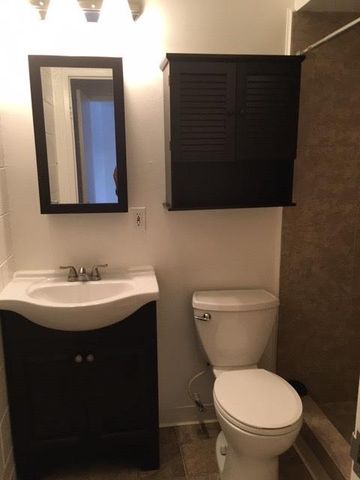

Alab, above Gunung Emas Restaurant, 14 Dec. Mahua Waterfall, Nature Trail and trail to Minduk Sirung, 5☄9.60'N, 116☂3.11'E, 12–13 Dec. The present report attempts to produce a comprehensive checklist of mosses found in CRP based on collections from the year 2002 to 2008 and herbarium specimens deposited in the BORNEENSIS Herbarium of the Institute for Tropical Biology and Conservation, Universiti Malaysia Sabah ( BORH) and Herbarium of Museum of Nature and Human Activities, Hyogo ( HYO). She collected 20 species in 10 genera and seven families in this mossy forest (1,700–1,800 m a.s.l.). The second one was by Chin (2008), who has studied the diversity of epiphytic mosses within 0–2 m of tree trunks, in the Mount Alab Permanent Research Plot (50 m × 50 m). She collected 40 species belonging to 26 genera and 14 families. The first one was by Kong (2006), who conducted a study on the diversity of mosses in Keningau Research Permanent Plot which is only 50 m × 50 m. There are two other unpublished studies on mosses in CRP. In their study, mosses were collected from only three sampling areas of 20 m × 20 m. Recently, Suleiman and Jotan (2015) reported 38 species and three varieties of mosses belonging to 17 genera and 11 families collected during a diversity study of epiphytic mosses along the Minduk Sirung Trail, a new 12 km trail connecting Mount Alab and Mahua substations (north-eastern part). Suleiman and Akiyama (2004) reported 126 species of mosses belonging to 74 genera and 27 families, collected during the CRP Scientific Expedition in 2002 at Ulu Kimanis and adjacent areas within the elevations of 500–1,400 m a.s.l. To date, only two studies on mosses from this park have been published.


Nevertheless, 27% of the total area of CRP is more than 1,000 m a.s.l., with 16 peaks above this height ( Usui et al. Another factor which may have contributed to the lesser attention received by CRP is the fact that its highest peak is only 2,076 m a.s.l., just half of that of Mount Kinabalu (4,059 m a.s.l.). CRP has become more accessible after the establishment of seven substations within the park between the years 20 and the opening of a new road system from Ulu Kimanis (western part) to Keningau Town (eastern part), cutting through the central part of the park. These two parks are both on the Crocker Range which is the longest range in Sabah, extending from Kudat (northern tip of Borneo) to Sipitang (southern part of Sabah). In June 2014, Crocker Range was designated as a UNESCO Biosphere Reserve consisting of the whole area of CRP and the three forest reserves within the range.ĬRP, in the past, had received less attention from bryologists when compared to Kinabalu Park. This park was first designated as a Forest Reserve under the Forest Ordinance in 1969 but was subsequently converted to a State Park in 1984 for the conservation of natural resources and ecosystems, under the jurisdiction of Sabah Parks Trustees ( Usui et al. This park is about 110 km long and 15 km wide, covering an area of 139,919 ha, making it the largest terrestrial park and protected area in Sabah. In conclusion, CRP has a very high species richness of mosses which is the second highest in Borneo, after Mount Kinabalu.Ĭrocker Range Park (CRP) is located in the west coast of Sabah, East Malaysia in Borneo (latitude 5☀7' to 5★6'N and longitude 115★0' to 116☂8'E). The largest family of mosses is Calymperaceae with 35 species and one subspecies, followed by Sematophyllaceae with 32 species and two varieties and Pylaisiadelphaceae with 21 species and one variety. With these additions, the current number of mosses in Sabah and Borneo are 651 and 766, respectively. Out of these, six species are new records for Borneo, namely Barbella horridula, Chaetomitrium lancifolium, Distichophyllum leiopogon, Rhaphidostichum luzonense, Rosulabryum capillare and Taxiphyllum taxirameum and 12 species and one variety are new to Sabah. This represents about 40% and 47% of the species and infra-specific taxa reported from Borneo and Sabah, respectively. In total, 293 species, three subspecies and eight varieties belonging to 118 genera and 36 families are reported. This paper reports the mosses from Crocker Range Park (CRP) in Sabah, Malaysian Borneo.


 0 kommentar(er)
0 kommentar(er)
